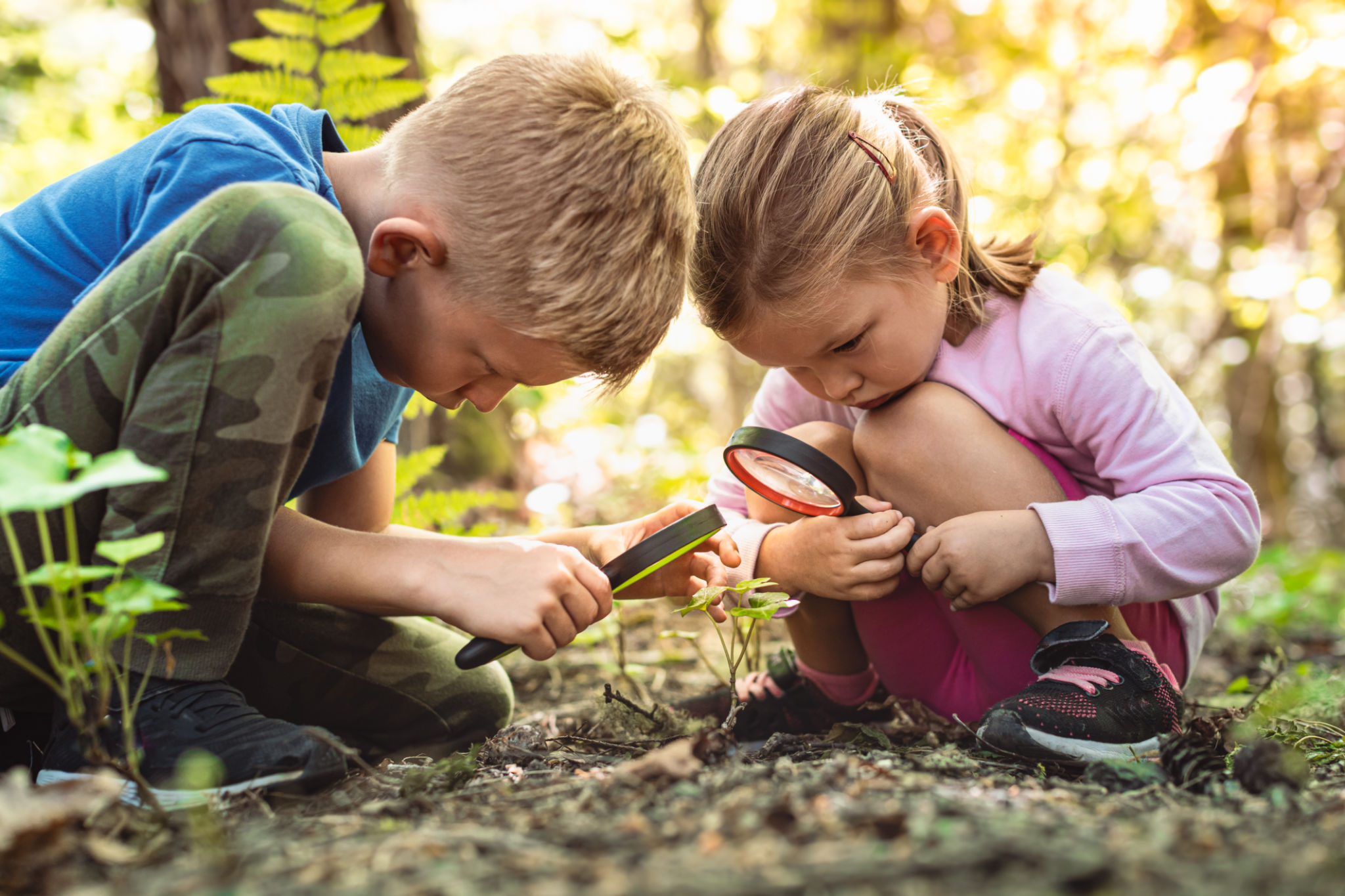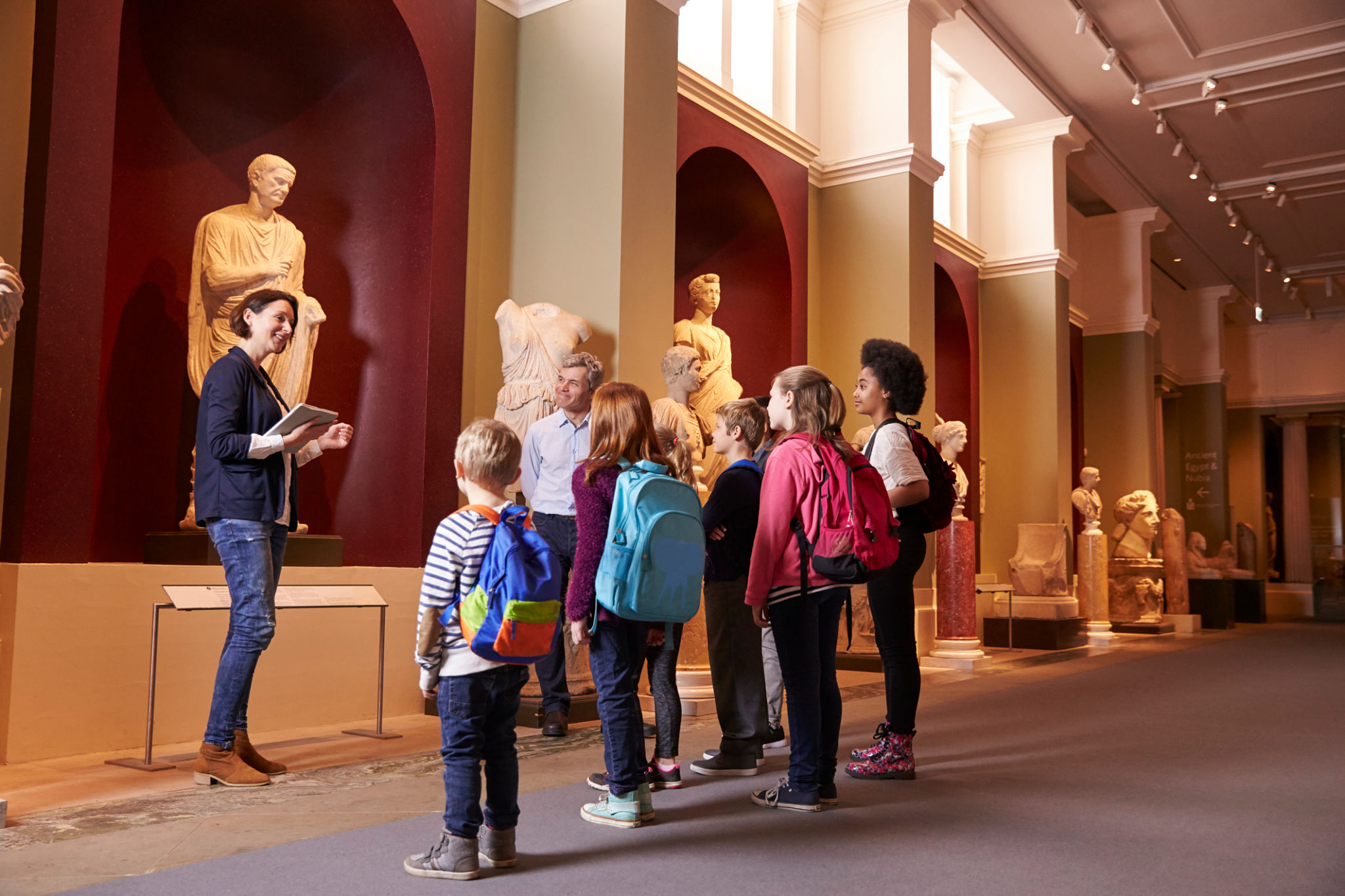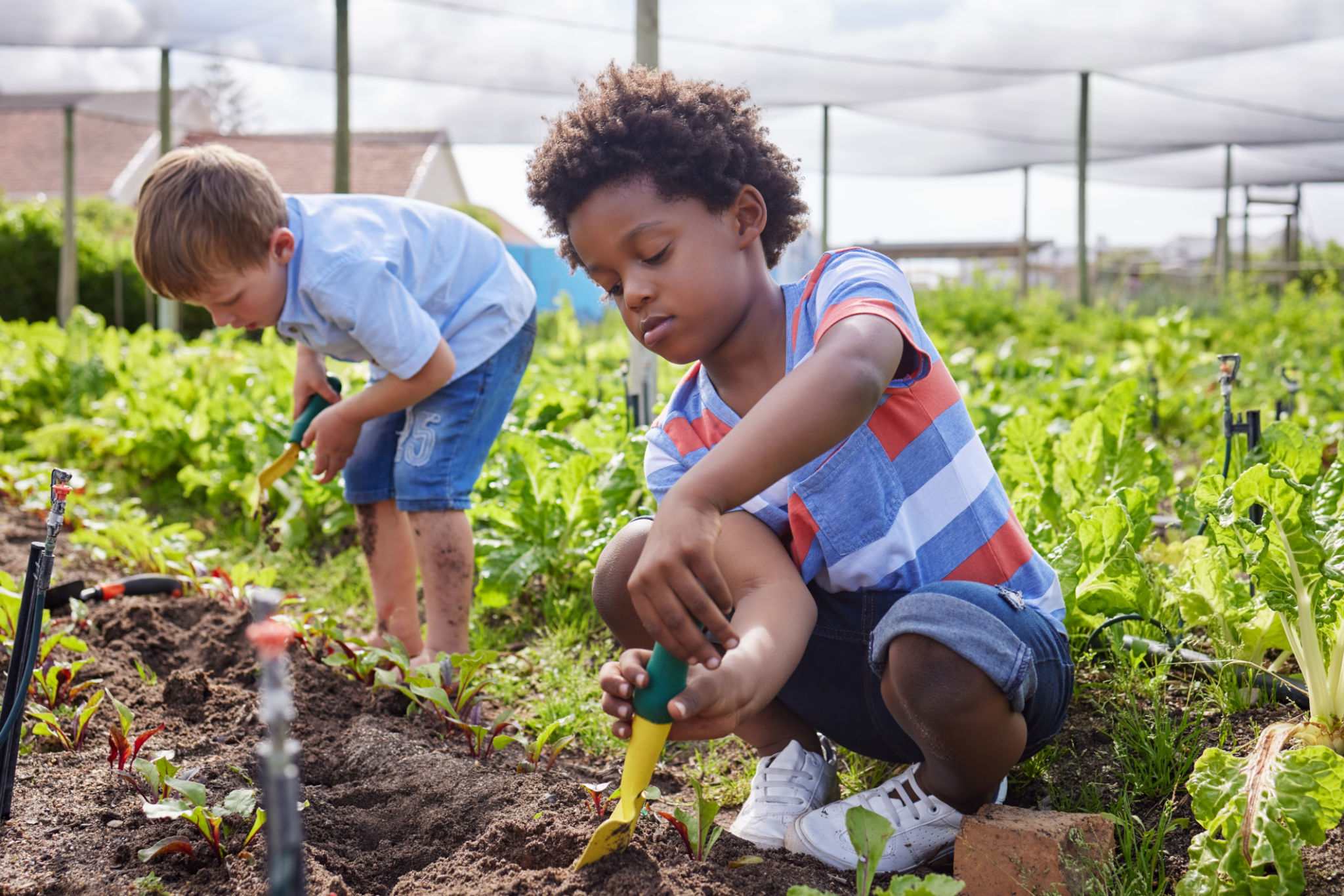Creating a Wildlife-Friendly Classroom: Educational Resources for Schools
Understanding the Importance of a Wildlife-Friendly Classroom
Creating a wildlife-friendly classroom can be an enriching experience for students, providing them with a unique opportunity to learn about biodiversity and environmental conservation. By integrating elements of nature into the classroom, educators can foster a deeper connection between students and the natural world. This not only enhances learning but also instills a sense of responsibility towards protecting our environment.
Promoting a wildlife-friendly environment in schools also encourages curiosity and exploration. Children are naturally inclined to explore their surroundings, and introducing aspects of wildlife into their learning spaces can stimulate their interest in various scientific subjects, from biology to ecology.

Incorporating Educational Resources
Books and Literature
One of the simplest ways to bring wildlife into the classroom is through educational books and literature. Books that focus on different species, habitats, and conservation efforts can provide students with a wealth of information. Consider building a library corner with a selection of age-appropriate wildlife books. This will allow students to explore these topics further during their free time.
Interactive Learning Tools
Interactive tools such as wildlife-themed puzzles, games, and digital apps can make learning about nature fun and engaging. Many educational apps are designed to teach children about animal behavior, habitats, and ecosystems through interactive play. These tools not only enhance understanding but also cater to different learning styles.

Outdoor Learning Experiences
School Gardens and Habitats
Developing a school garden or wildlife habitat is an excellent way to bring students closer to nature. By planting native plants, schools can create habitats for local wildlife such as birds, butterflies, and insects. This hands-on approach allows students to observe and study wildlife in their natural environment, reinforcing classroom lessons with real-world experiences.
Field Trips and Nature Walks
Organizing field trips to local parks, nature reserves, or botanical gardens can further enrich the learning experience. These excursions provide students with the opportunity to observe wildlife firsthand and understand the importance of preserving natural habitats. Nature walks around the school premises can also be educational, offering insights into local flora and fauna.

Engaging Students in Conservation Projects
Encouraging students to participate in conservation projects is another effective way to create a wildlife-friendly classroom. Projects such as birdhouse building, recycling programs, or habitat restoration initiatives can teach students valuable lessons about sustainability and environmental stewardship. These activities foster teamwork and problem-solving skills while promoting a sense of accomplishment and responsibility.
Moreover, involving students in such projects can inspire them to become advocates for wildlife conservation in their communities. By taking action in their own backyards, they can make a positive impact on the environment and carry these values into adulthood.

Utilizing Technology for Wildlife Education
Technology can play a crucial role in enhancing wildlife education. Virtual reality experiences and online resources allow students to explore diverse ecosystems without leaving the classroom. Websites that offer live footage from wildlife cameras can provide real-time insights into animal behavior and habitats worldwide.
By leveraging these technological tools, educators can create a dynamic learning environment that captivates students' imaginations and broadens their understanding of global biodiversity issues.
Conclusion
Creating a wildlife-friendly classroom is an invaluable investment in students' education and personal development. By integrating educational resources, outdoor experiences, conservation projects, and technology, schools can inspire the next generation of environmental stewards. These efforts not only enrich students' educational experiences but also nurture their passion for protecting our planet's precious natural resources.
